Common Problem: Wood Rot
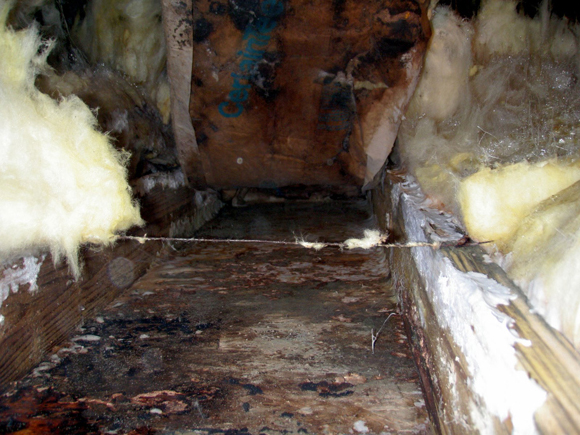
Across the country, in every state, building codes do not require exposed dirt crawl spaces floors to be sealed. The codes even require that these dirt crawl spaces be vented. Both have been proven to be harmful to a home’s structure, cause a variety of health problems, and to dramatically reduce the general quality of life within the home.One of the major issues in a homes with a vented, dirt crawl space is very high relative humidity. This leads to insulation damage, pests entering the home, and mold growth. It also creates conditions ideal for the fungus that causes dry rot the wooden framing structure beneath the home. Many homeowners begin to notice that floors are getting soft in areas, or getting bouncy, or beginning to dip down in areas. More than just requiring costly repairs, if left untreated, wood rot can completely destroy the substructure of the home.
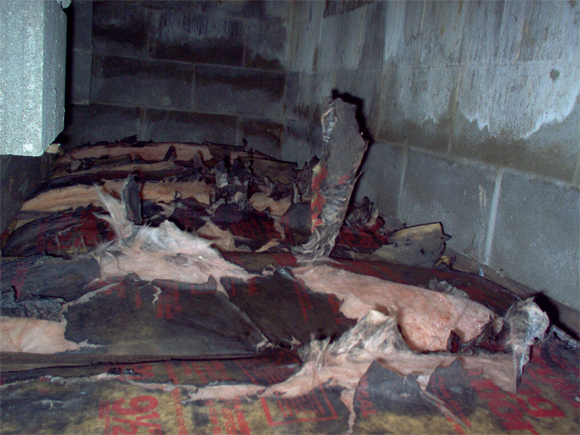
In regions of the country like the southeastern United States, relative humidity is incredibly high. Vents allow hot and humid air to enter the crawl space. Because temperatures inside the crawl space are cooler than the outside air, the hot humid, humid outside air condenses on the cooler crawl space surfaces causing the humidity inside the crawl space to approach 100%.When air cools, it becomes more dense, allowing a higher percentage of water in the air.
The high relative humidity destroys insulation value and provides all the conditions necessary for mold growth, the primary cause of wood rot.
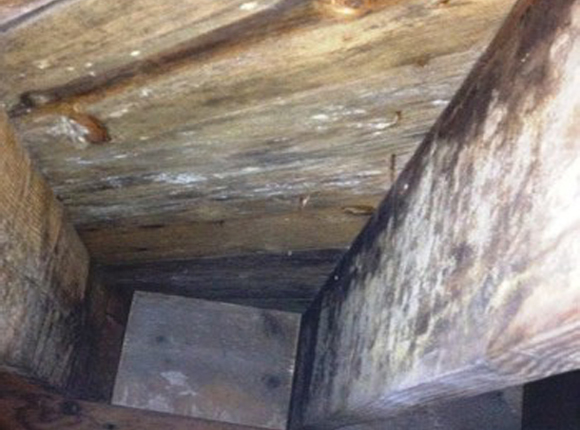
One of the amazing things about the wood rot fungus is that it can transfer moisture from the air to dry surfaces – hence the name dry rot. Even though the wooden structures in the crawl space of a home feel dry doesn’t mean they are not suffering from the wrath of dry rot. The wood will begin to break down and fall apart. Homeowners may notice that spots in the floors are becoming weak or bouncy and maybe starting to sag; this is a pretty good sign of dry rot in the crawl space.If the problem goes unattended, the wood in the crawl space could completely disintegrate, weak spots in the floor would cave in, and people could get hurt. All of those issues would have to be fixed costing the homeowner tens of thousands of dollars in repairs when the real issue that needs to be addressed is the moisture freely entering the crawl space.
The Wood Rot Solution – Crawl Space Encapsulation
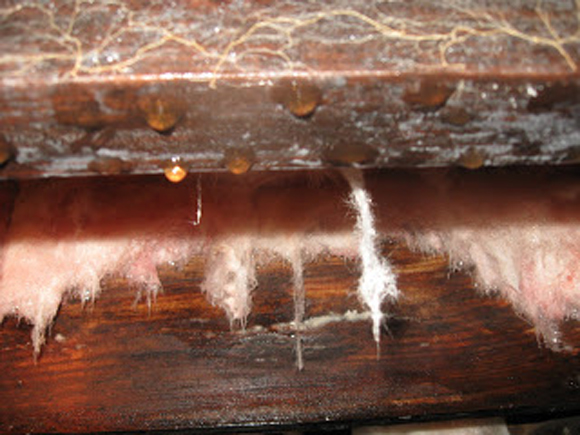
The alternative to a vented crawlspace is an encapsulated (sealed) crawlspace. Crawl space encapsulation involves sealing all outside vents, installing a high-performance vapor retarder on all exposed wall and floor surfaces at or below grade, insulating the walls and rim joist, and conditioning the air.The prevailing research claims that by insulating the walls, it is unnecessary to insulate the floor. For the walls, Carolina Energy Conservation generally recommends Thermax, a rigid foam board insulation that is fire-retardant, low VOC, and offers an R-10 value or greater.
It cuts easily and can be used for sealing existing crawlspace vents too.
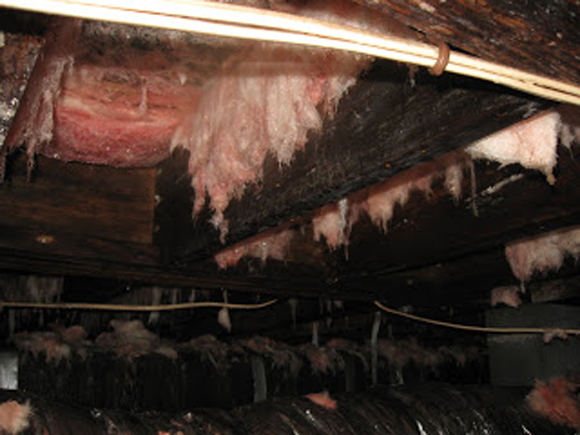
The building codes in most areas require the air in an encapsulated crawlspace to be conditioned. That generally means adding a dehumidifier. Remember that you’re not trying to heat and cool your crawlspace; you’re just trying to dehumidify the air. A relative humidity target of 60% or lower is a good place to start.When comparing high performance vapor barriers, look at puncture and tear resistance. Other than being absolutely water tight, a high performance vapor barrier should also be flexible, fire resistant, low VOC, and lightweight. There is a world of difference between the 6 mil vapor barrier material sold in most hardware stores and a high performance specialty product. Carolina Energy Conservation is happy to provide samples.
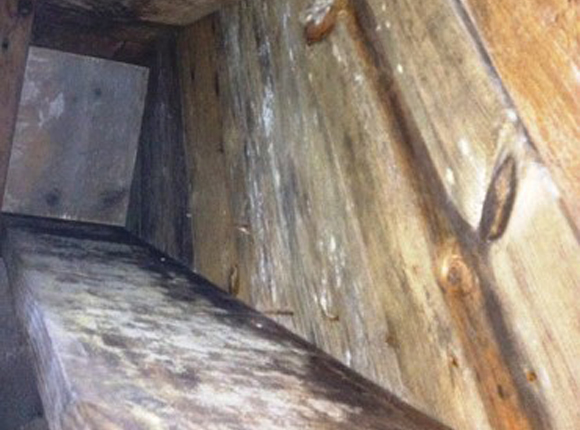
In addition to stopping wood rot, encapsulation will dramatically increase indoor air quality and protect the structure of your home. And several research studies from Advanced Energy indicate that crawlspace encapsulation can actually lower energy use. These studies were done in several parts of the country with varying climates.If you suspect wood rot or just want to increase the quality of your living environment, the crawl space scientists at Carolina Energy Conservation will be happy to provide a free, no obligation assessment of your home.
